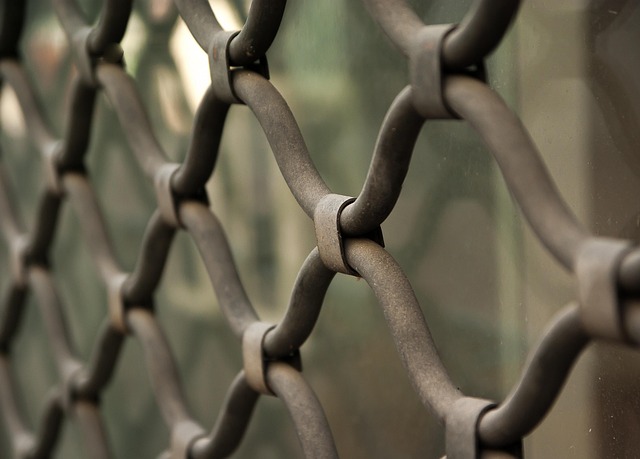In coastal regions, where harsh weather conditions prevail, selecting the right fencing material is paramount to ensure longevity and minimize maintenance. This article explores the benefits of durable wooden fencing as a robust solution for coastal areas. We delve into the unique challenges these environments present, highlighting the advantages of wood as a sustainable and aesthetically pleasing alternative. By understanding the key factors, from wood species selection to installation and maintenance, homeowners and contractors can choose the ideal fence that withstands the test of time and harsh marine climates.
- Understanding Coastal Fencing Challenges
- Advantages of Durable Wooden Fencing
- Choosing the Right Wood Species
- Installation and Maintenance Tips
Understanding Coastal Fencing Challenges
Coastal areas present unique challenges when it comes to fencing due to their harsh, often harsh, environmental conditions. Salty air, strong winds, and frequent exposure to moisture can significantly impact traditional fencing materials. Wooden fences, in particular, require specialized care to withstand these elements, which is why durable, coastal-specific designs are essential.
The primary challenge lies in selecting wood that can resist rot, decay, and insect infestation without the constant application of treatments. Natural resinous woods like cedar or redwood have long been popular choices for their inherent resistance to decay but even they may not last indefinitely in highly saline environments. Newer options, however, offer enhanced durability through specialized treatment processes, ensuring coastal fencing can endure for years while maintaining its aesthetic appeal and structural integrity.
Advantages of Durable Wooden Fencing
Durable wooden fencing offers several advantages for coastal areas, where traditional materials may falter. Firstly, wood is an aesthetically pleasing option that seamlessly blends with natural landscapes, enhancing the overall beauty of beachfront properties or coastal communities. Unlike generic metal barriers, wooden fences can be custom-designed and stained to match local architectural styles and preferences.
Moreover, durable woods like treated cedar or redwood are highly resistant to moisture and salt air corrosion, making them ideal for challenging coastal environments. These materials naturally repel water and prevent rot, ensuring the fence remains strong and structurally sound over time. This longevity reduces the need for frequent replacements, making it a cost-effective solution in the long run.
Choosing the Right Wood Species
When selecting wood for coastal fencing, choosing the right species is paramount to ensure longevity and durability against harsh weather conditions. Softwoods like cedar and redwood are popular choices due to their natural resistance to rot and insects. These woods have a high oil content that repels water, making them less susceptible to warping or splitting in humid coastal environments.
Considered game-changers for outdoor applications, these softwoods offer not just durability but also an aesthetically pleasing finish. Additionally, they are readily available and often chosen for their ease of maintenance, requiring minimal treatment beyond occasional cleaning and sealing to preserve their natural beauty.
Installation and Maintenance Tips
When installing wooden fencing in coastal areas, it’s essential to prepare properly for the unique challenges posed by salt air and frequent moisture. Start by choosing rot-resistant wood species like cedar or redwood. Ensure a solid foundation by setting posts deep into the ground and using concrete anchors for stability against strong winds. Proper drainage is key; install the fence on an inclined surface where water can flow away, preventing pooling around the base.
Regular maintenance is crucial to prolonging the lifespan of your coastal fencing. This includes periodic cleaning to remove salt buildup and organic debris. Apply a fresh coat of preservative or sealant each year to protect against weather damage. Inspect the fence regularly for signs of rot, warping, or damage, repairing or replacing sections as needed. Keep surrounding vegetation trimmed to prevent roots from damaging the fence over time.
